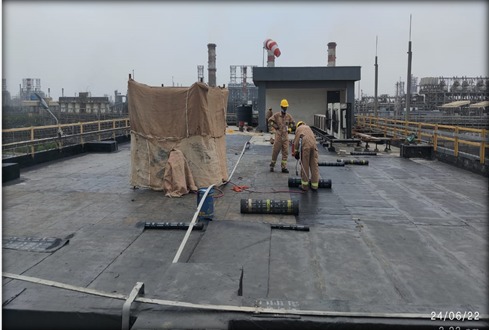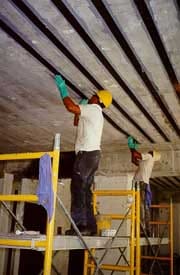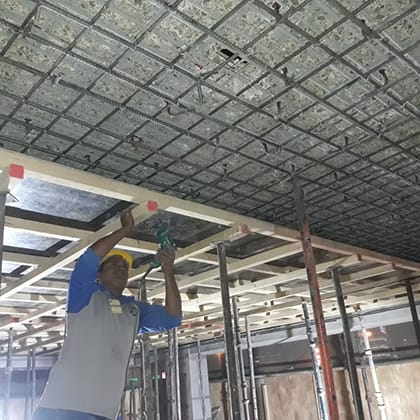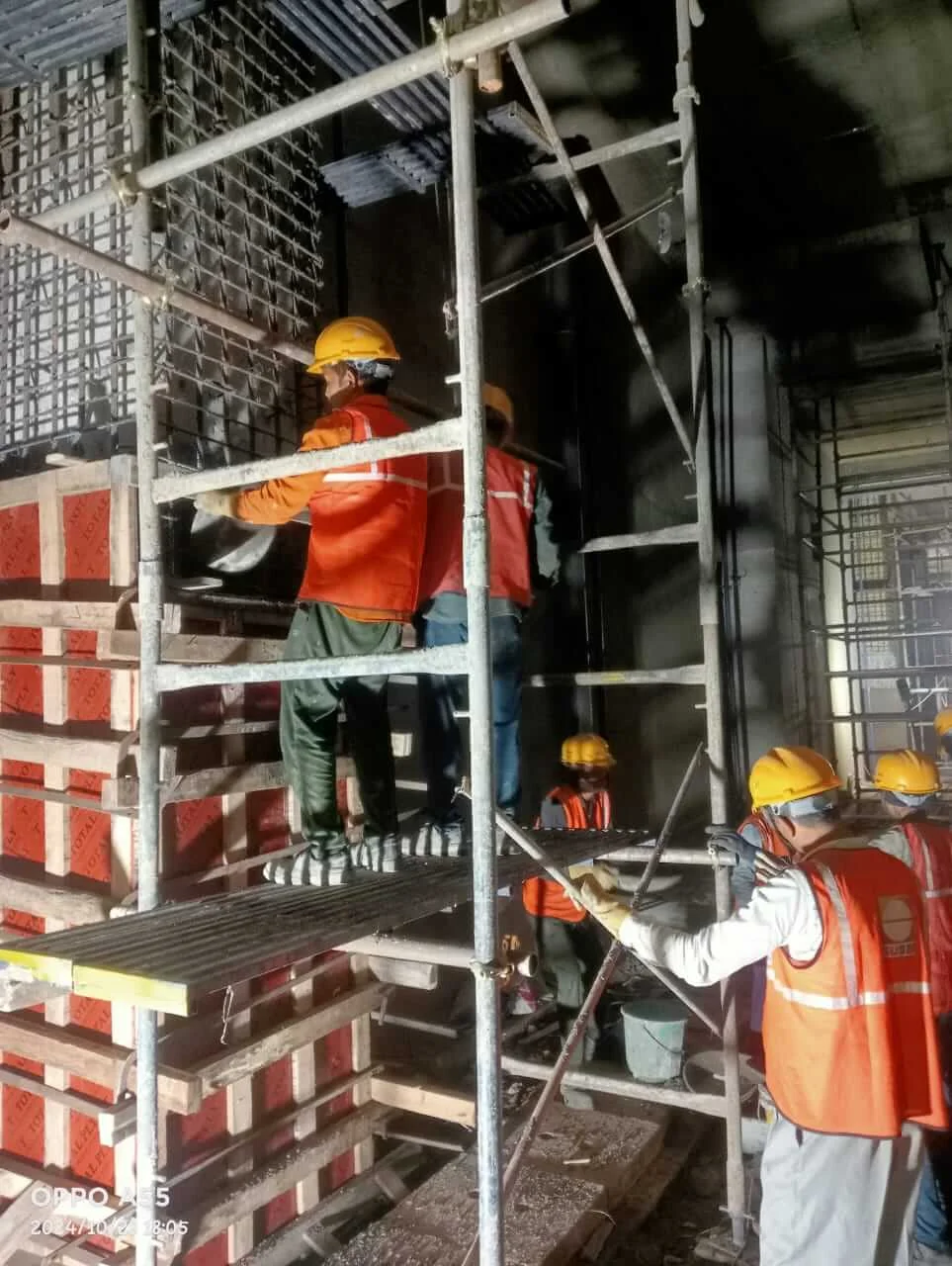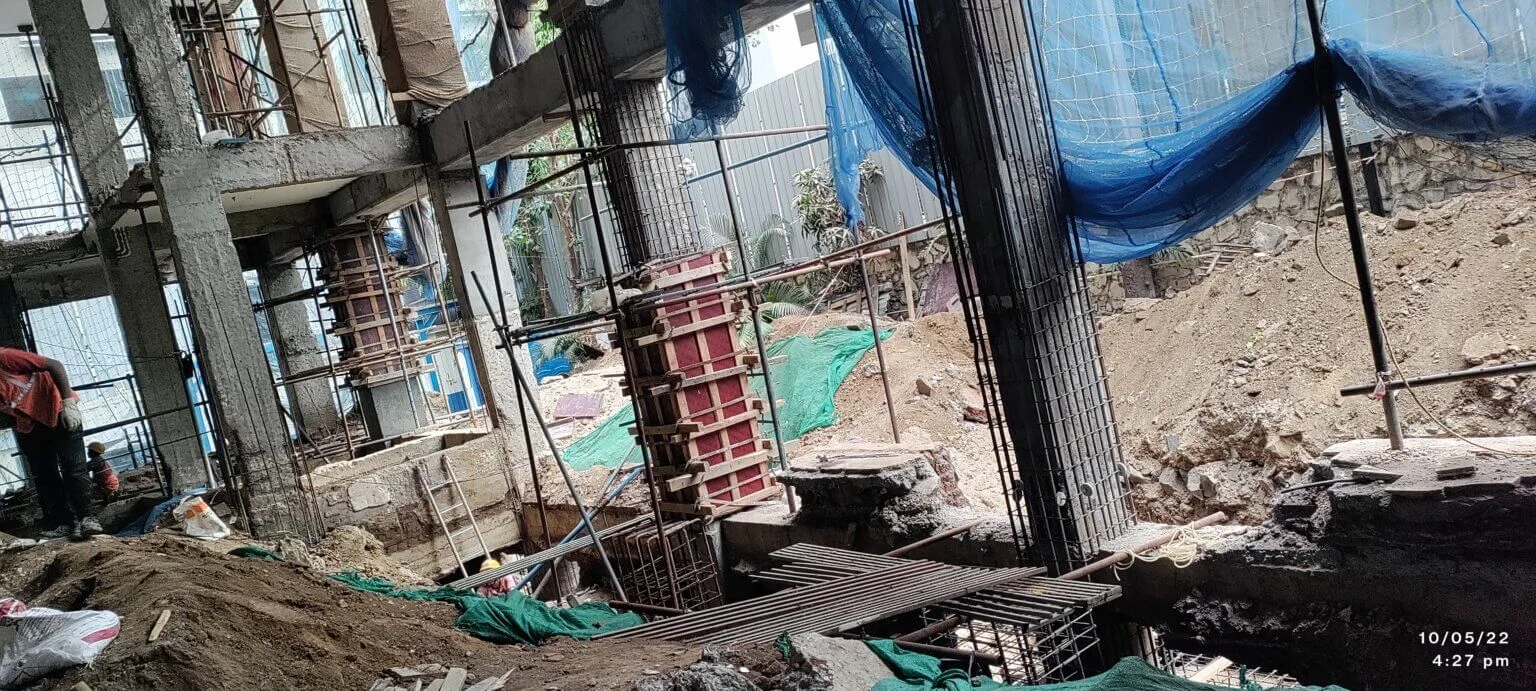Why Column Jacketing Is the Best Method for RCC Strengthening
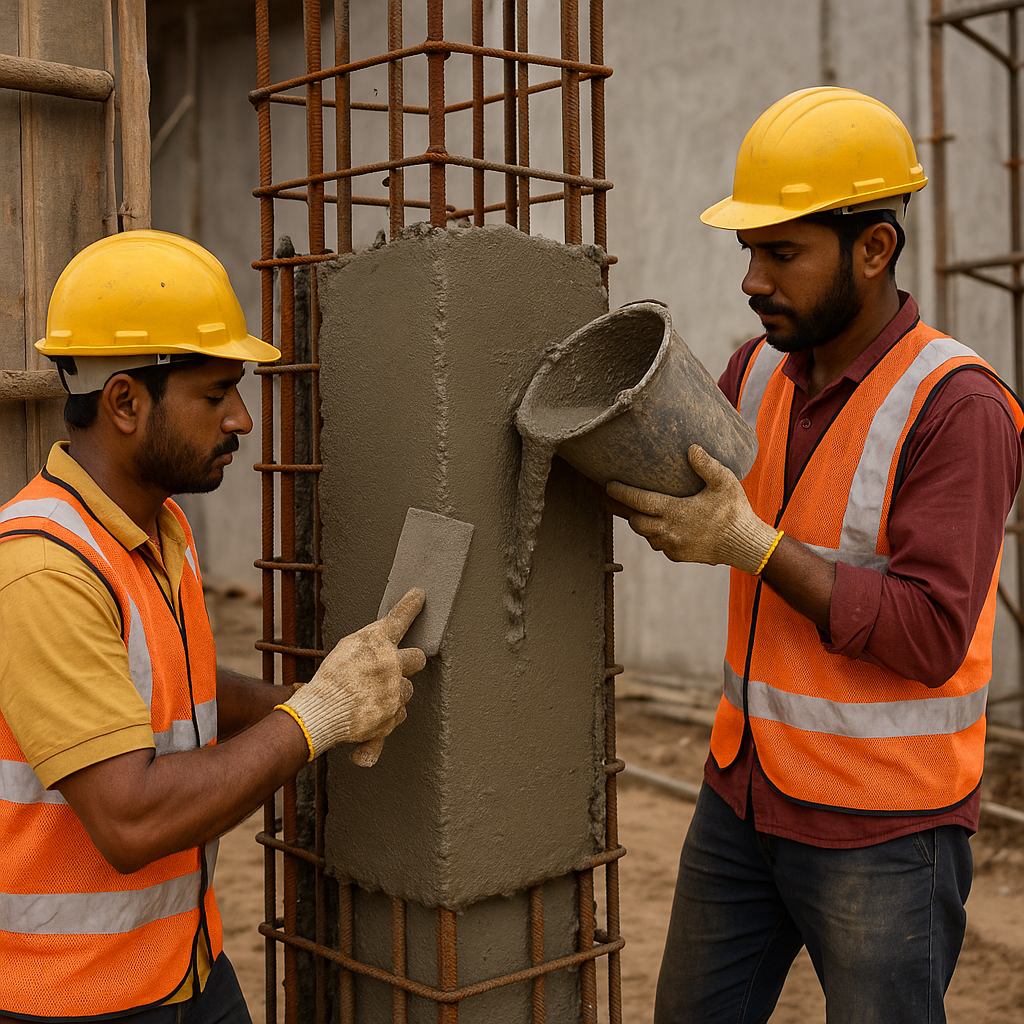
Strong 8k brings an ultra-HD IPTV experience to your living room and your pocket.
India's construction sector is expanding rapidly. However, many existing RCC buildings are ageing or structurally compromised. These structures often require strengthening due to poor design, overloading, environmental wear, or seismic risks. Strengthening methods vary, but one approach stands out among the rest. That method is Column Jacketing. It has emerged as a trusted solution for enhancing safety, durability, and performance in reinforced concrete structures across diverse Indian geographies and building types.
What Is Column Jacketing?
Column jacketing is the process of encasing an existing RCC column with a fresh layer of concrete and reinforcement. This reinforces the original column, boosts its load-bearing capacity, and restores structural integrity. It is commonly utilized in India to adapt older structures, particularly those that do not meet modern construction requirements. The additional layer serves as a support system, relieving stress on the original column and distributing loads more evenly across the cross-section.
Why Choose Jacketing Over Other Strengthening Methods?
Steel plates, fibre-reinforced polymers, and micro-concrete injections are some of the other strengthening options. However, they are either more expensive or unsuitable for Indian circumstances. Column Jacketing, on the other hand, provides several obvious benefits. It's a time-tested method. It's also inexpensive, employs common materials, and doesn't necessitate sophisticated equipment. Furthermore, Indian contractors and masons are typically proficient in its implementation, making it both practical and dependable for large-scale restorations.
Load-Bearing Enhancement Made Simple
Many Indian cities, particularly Tier 2 and Tier 3 towns, continue to use historic buildings far beyond their planned life. This frequently results in lower load capacity and obvious fissures. Column jacketing is a safe and practical method for increasing a column's capacity. The additional reinforcing and concrete increase both compression and bending strength. This ensures that the structure can safely support further floors or new design loads during building alterations.Earthquake Resistance Through Jacketing
India is in numerous earthquake zones. Older structures, particularly those built before 2000, may lack seismic details. Column Jacketing helps to compensate for this. It improves ductility, or the structure's capacity to deform without failing. This increased flexibility enables the building to better withstand seismic shocks. In earthquake-prone areas such as Gujarat, Assam, and parts of Maharashtra, civil engineers and structural consultants are increasingly recommending this strengthening strategy.
Durability in Harsh Indian Environments
Structures in coastal areas such as Chennai, Goa, and Mumbai confront harsh environmental conditions. Humidity, salty breezes, and temperature variations hasten corrosion in steel reinforcements. Column Jacketing helps to attenuate these impacts. The new concrete layer functions as a barrier, preventing future moisture and pollutant intrusion. With suitable material selection and cover thickness, this approach greatly increases the service life of corroded or exposed RCC columns.
Minimal Disturbance, Maximum Effectiveness
The low interruption factor is one of the main reasons for this method's popularity. Most Indian homeowners and business tenants cannot afford to depart their properties for renovations. Column jacketing can be completed while inhabitants are still on the property. The workspace is compact and concentrated. There is no reason to dismantle or shut down the entire edifice. This makes it perfect for use in schools, hospitals, hotels, and housing societies that require effective yet non-intrusive strengthening.
Cost-Efficient for Indian Budgets
Many property owners in India, particularly in smaller towns, operate on a low budget. Advanced strengthening technologies that use composites or foreign materials are typically prohibitively expensive. Column jacketing, on the other hand, makes use of locally available materials including cement, sand, gravel, and steel. Labour is also inexpensive, as civil contractors are accustomed to the procedure. This results in a strengthening strategy that is both effective and inexpensive for private homeowners and major developers.
Easy Availability of Materials and Labor
One of the most compelling reasons for using this strategy in India is resource availability. Materials used for Column Jacketing are commonly available in both urban and rural markets. There is no dependence on imported chemicals or tools. Furthermore, local labourers and contractors have already received training in concrete handling and formwork installation. This makes the process scalable, particularly for big residential projects or mass retrofitting of older buildings.
Ideal for Vertical Extensions and Upgrades
With escalating land prices, many property owners are adding floors to existing buildings. This puts additional stress on the foundation and columns. Column jacketing is routinely utilized in these instances to ensure that the column can withstand the additional load. It provides an easy approach to upgrading existing support systems. Indian towns frequently propose this strategy when granting permission for vertical additions to ancient buildings with reduced stability.Compliance with Indian Building Codes
Many cities now require structural audits as a result of revised IS standards and seismic guidelines. Buildings must now meet revised structural safety standards. Column Jacketing allows buildings to fulfil these new standards without extensive rebuilding. This makes it ideal for public infrastructure, government offices, educational institutions, and religious structures that must be preserved while maintaining public safety.
Proven Results in Real Projects
The approach has shown consistent results in a variety of settings, including upgrading municipal buildings in Gujarat and fortifying existing apartments in Delhi. Engineering businesses across India have reported considerable improvements in structural performance after application. Column jacketing has prevented building collapses, slowed degradation, and offered long-term cost savings. Its efficacy has been demonstrated in field applications and laboratory models.
Performance in Fire-Damaged Structures
Reinforced concrete can be seriously weakened by fire, rendering columns dangerous and brittle. In Indian commercial complexes, where fire safety compliance is still developing, this is particularly important. By adding strength and stability, column jacketing repairs fire-damaged columns. The new layer keeps the structure useful by absorbing the structural loads. Markets, shopping malls, and residential high-rises have been successfully repaired after fires using this method.Given its deteriorating infrastructure, high seismic activity, and diverse climate, India needs dependable and reasonably priced strengthening solutions. Column jacketing is a perfect fit. It is effective, affordable, simple to use, and has been validated in practical settings. Regardless of your role—homeowner, builder, or facility manager—this method makes a compelling argument. By using this approach, you're safeguarding a building's future in addition to fixing it
Note: IndiBlogHub features both user-submitted and editorial content. We do not verify third-party contributions. Read our Disclaimer and Privacy Policyfor details.



